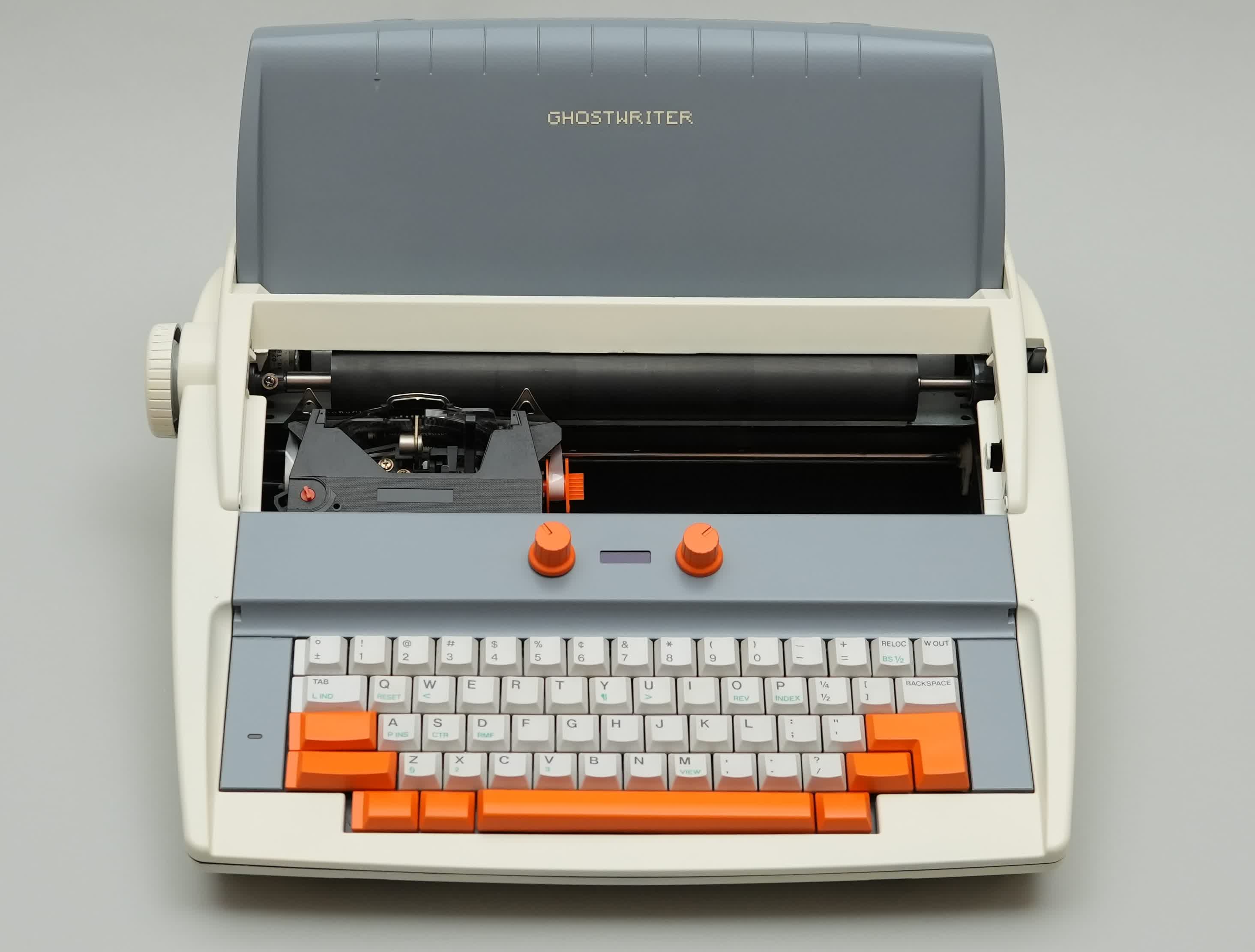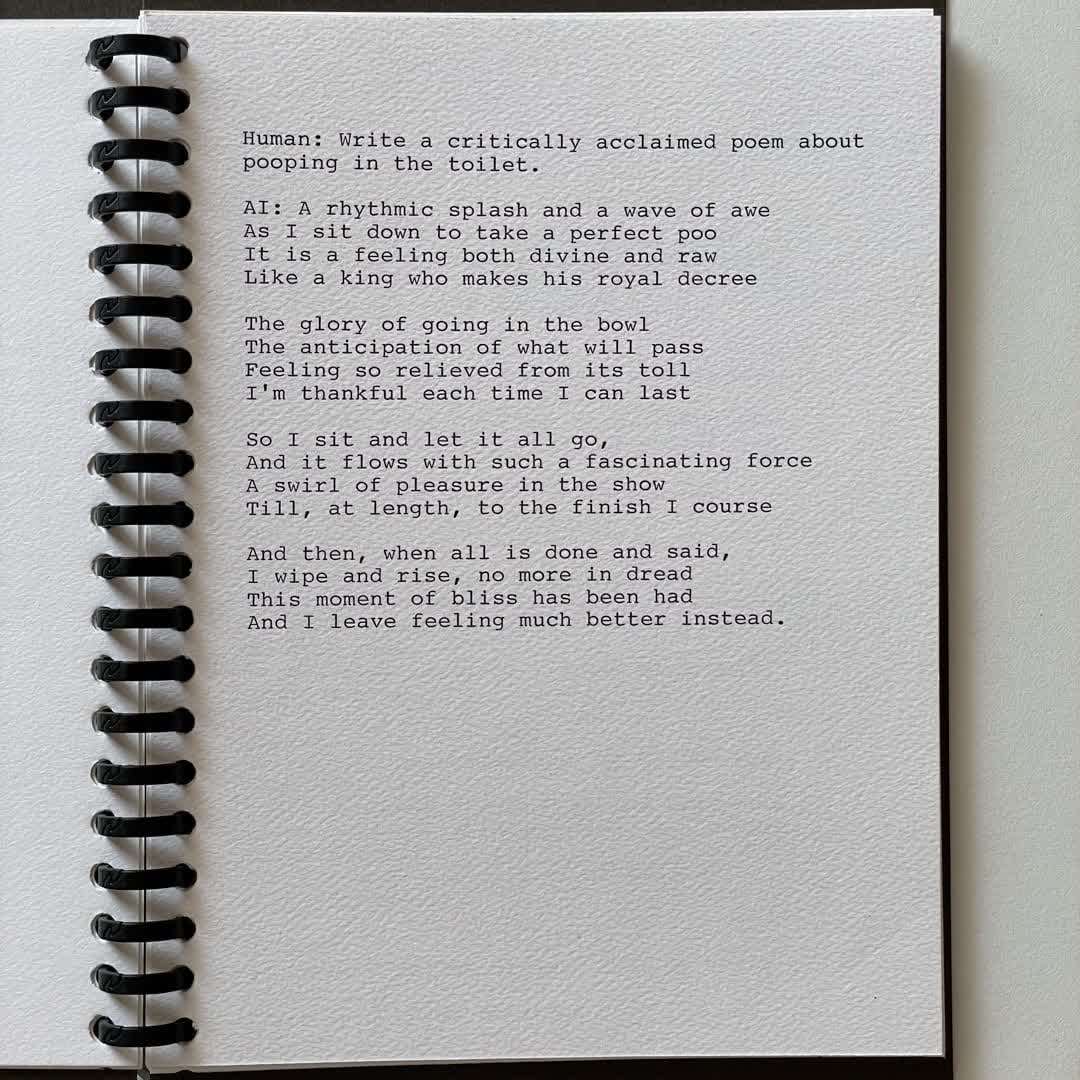Reverse order: The artificial intelligence revolution is well under way but it isn't playing out how many had anticipated. Rather than targeting blue-collar workers first before moving to while collars and finally, creatives, AI is going in reverse order by starting its assault on the creative crowd.

In line with the latest trends, designer and artist Arvind Sanjeev has developed Ghostwriter. This unassuming writing assistant is based on a vintage Brother typewriter, but its internals have been swapped for modern-day hardware including an Arduino that reads a user's prompts alongside a Raspberry Pi that taps OpenAI's GPT-3 language model.
One of the biggest technical challenges Sanjeev faced was reading the keys from the typewriter. "I spent a lot of time decoding the keyboard matrix consisting of eight scan and eight signal lines," he said. "I pressed each key, read its triggered signal-scan lines then mapped it to the corresponding key."
I took apart my old typewriter and powered it using @OpenAI GPT-3.
— Arvind Sanjeev (@ArvindSanjeev) December 1, 2022
Meet: Ghostwriter, an #AI creative writing companion that lets you co-write stories on paper with #ArtificialIntelligence ' + -. pic.twitter.com/t8rP9AW51q
Simply smash the return key and watch as the AI-generated response comes to life on paper. Sanjeev even baked in a pair of potentiometer knobs and an OLED display to control the AI's level of creativity and response length.
The designer said he wanted people to feel comfortable playing with the creation. He went with a typewriter, a trusted artifact from our past when tech was more physical and mindful of people's lives. "People trust typewriters," Sanjeev said, because they know their sole purpose is to create stories on paper.
"This is contrary to today's technology, black boxes that try to propagate unethical business models based on the attention economy," Sanjeev added.
The idea behind Ghostwriter is to allow users to mindfully co-create with AI at a slower pace, which puts more focus on understanding the nuances of AI. Indeed, "conversing" with a finger-pokey via ink and paper is far more personal than interacting with a chat model on a digital screen.

The response to Ghostwriter has been overwhelming, prompting Sanjeev to feed the buttony story machine all sorts of creative writing prompts. Needless to say, the output does not disappoint. Who doesn't want to read a "critically acclaimed poem about pooping in the toilet" or a detailed review on a new teleportation device?
It's unclear if Sanjeev plans to make the schematics for Ghostwriter available online for others to try.
Found is a TechSpot feature where we share clever, funny or otherwise interesting stuff from around the web.
https://www.techspot.com/news/97649-ghostwriter-ai-creative-writing-companion-living-typewriter.html